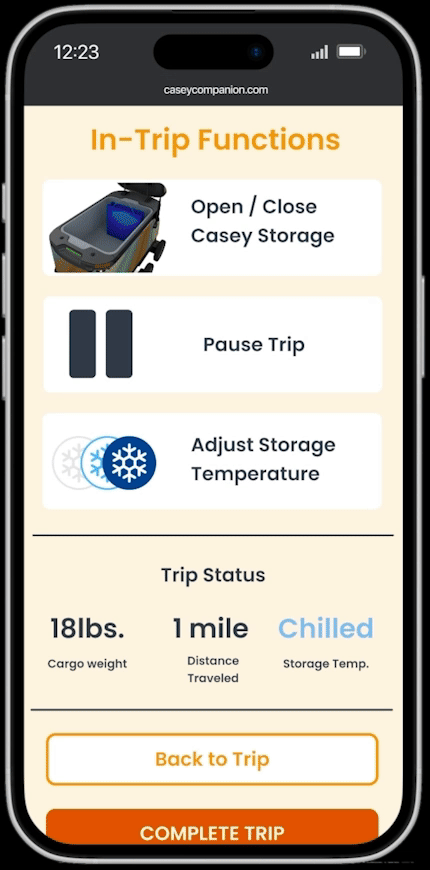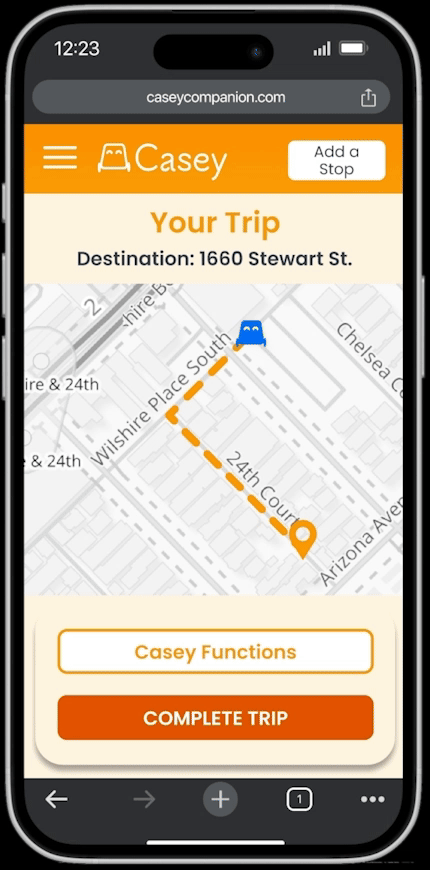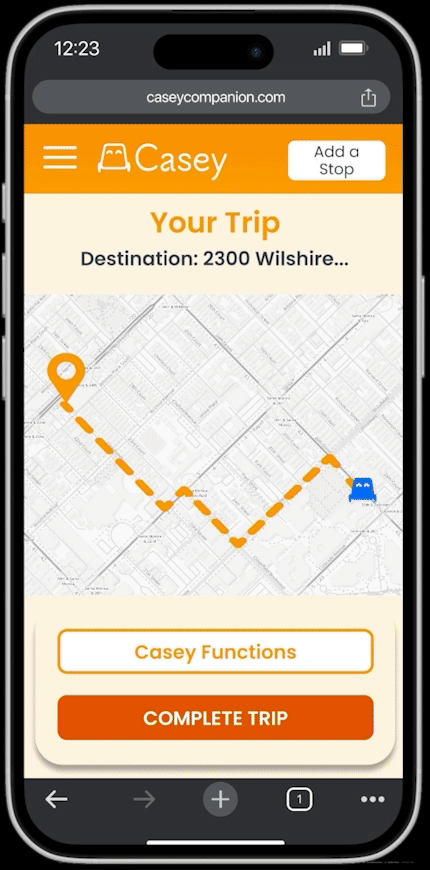Future Considerations
As Bridge to Kultur continues to evolve, several ideas remain in conversation for next years eventual full-release at Indiecade. Things like a collector's or founder's edition with better materials and things like lore books are definitely one thing that excites us on the physical product side, but for the digital side there are some BIG plans.
To begin, our current prototype only has one scenario to run through, but we really want to explore how we can actualize our idea for a Dungeon Master AI Agent. By feeding player choices, faction dynamics, and resource conditions into a generative system, we could offer campaigns that are truly unique. Ensuring that no two playthroughs of Bridge to Kultur ever feel the same. Next, we want to look at how we can create a sort of "Jack Box-esque" feature by also pairing the game to a larger screen like a TV. While the app effectively tracks personal metrics and decisions, a shared screen could enhance group immersion—offering visual updates on player trust, alliance formations, or effects of Omens more interestingly. This central display could also introduce dynamic cutscenes or animations between phases of the game, reinforcing the narrative stakes and elevating the sense of shared storytelling.
What Worked
From the very beginning, we had a strong sense of division of labor, which helped us avoid stepping on each other’s toes and allowed us to move efficiently. Our team’s strengths aligned naturally with the project needs—Alexander and I focused on product design, Princess led branding, and Sammy and Lie handled UX/UI. Tasks were volunteered for rather than assigned (like Sammy and I running narrative and gameplay mechanics), and no one felt stretched too thin, largely thanks to Alexander’s excellent project management and the clear objectives we set at the end of each meeting.
What I Would Do Differently
If I could go back, I would prioritize reaching out to SMC’s Games Club or E-Sports team for more consistent and experienced feedback. While we received valuable insights from our existing playtests, connecting with dedicated players earlier could’ve helped surface deeper issues and refine mechanics more effectively.
What I Learned
This project taught me just how delicate and powerful game mechanics can be—sometimes the difference between something fun and something frustrating comes down to a single tweak. But that’s what makes it exciting. I’ve realized that great gameplay comes from constant iteration, smart testing, and asking the right questions...especially when you're working with dedicated players. I’m more motivated than ever to keep refining Bridge to Kultur, and to keep making games that challenge, connect, and surprise people!

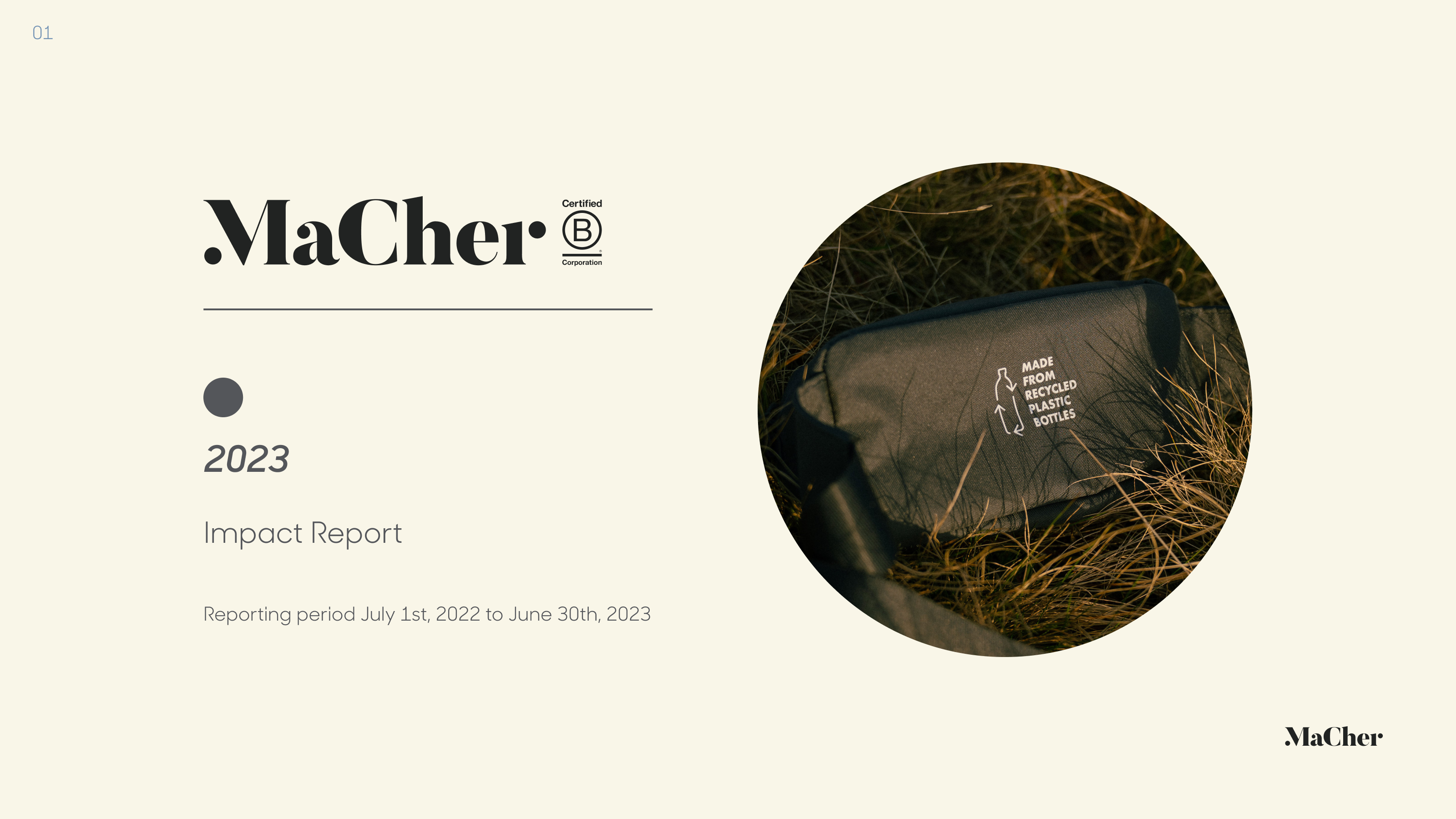



.jpg)



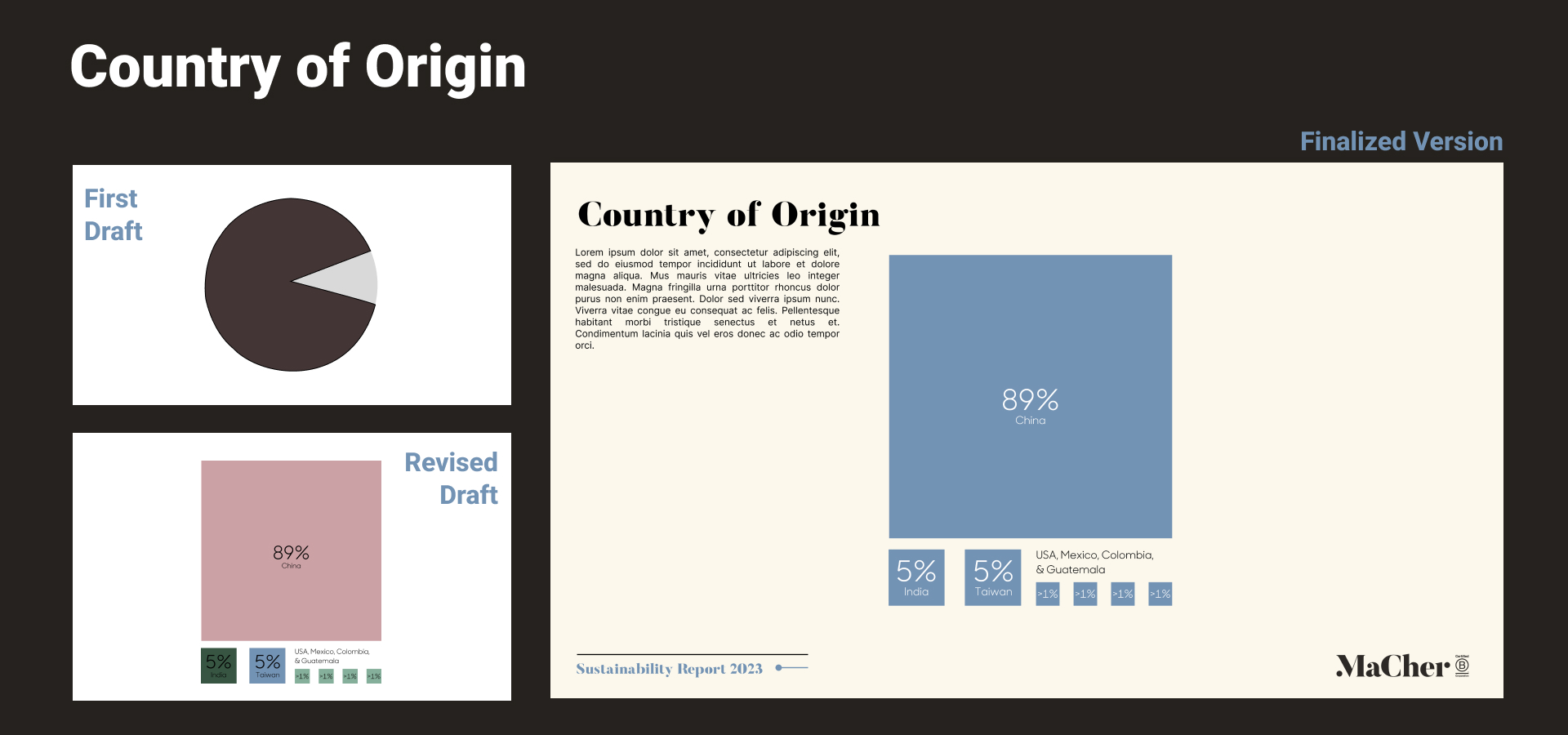
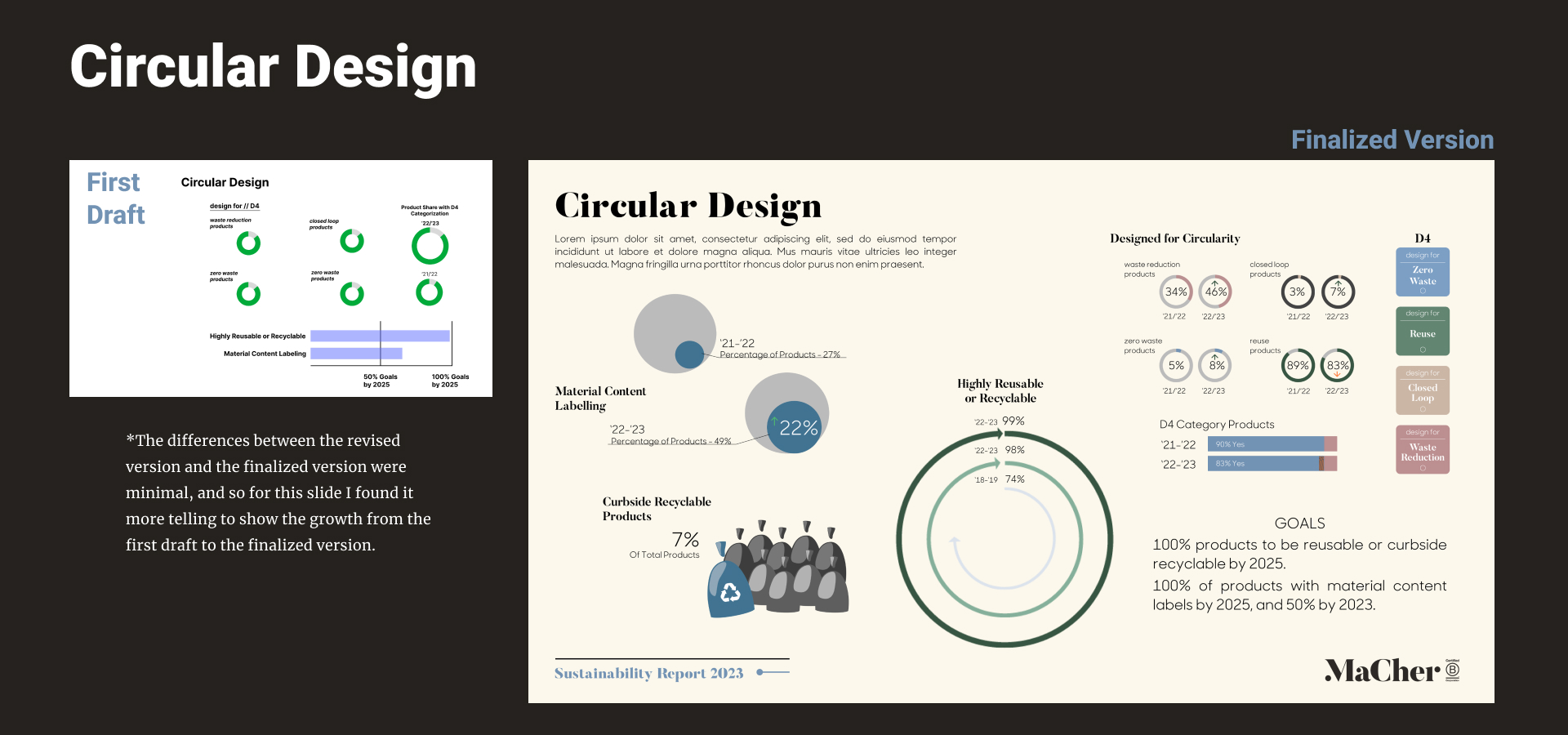
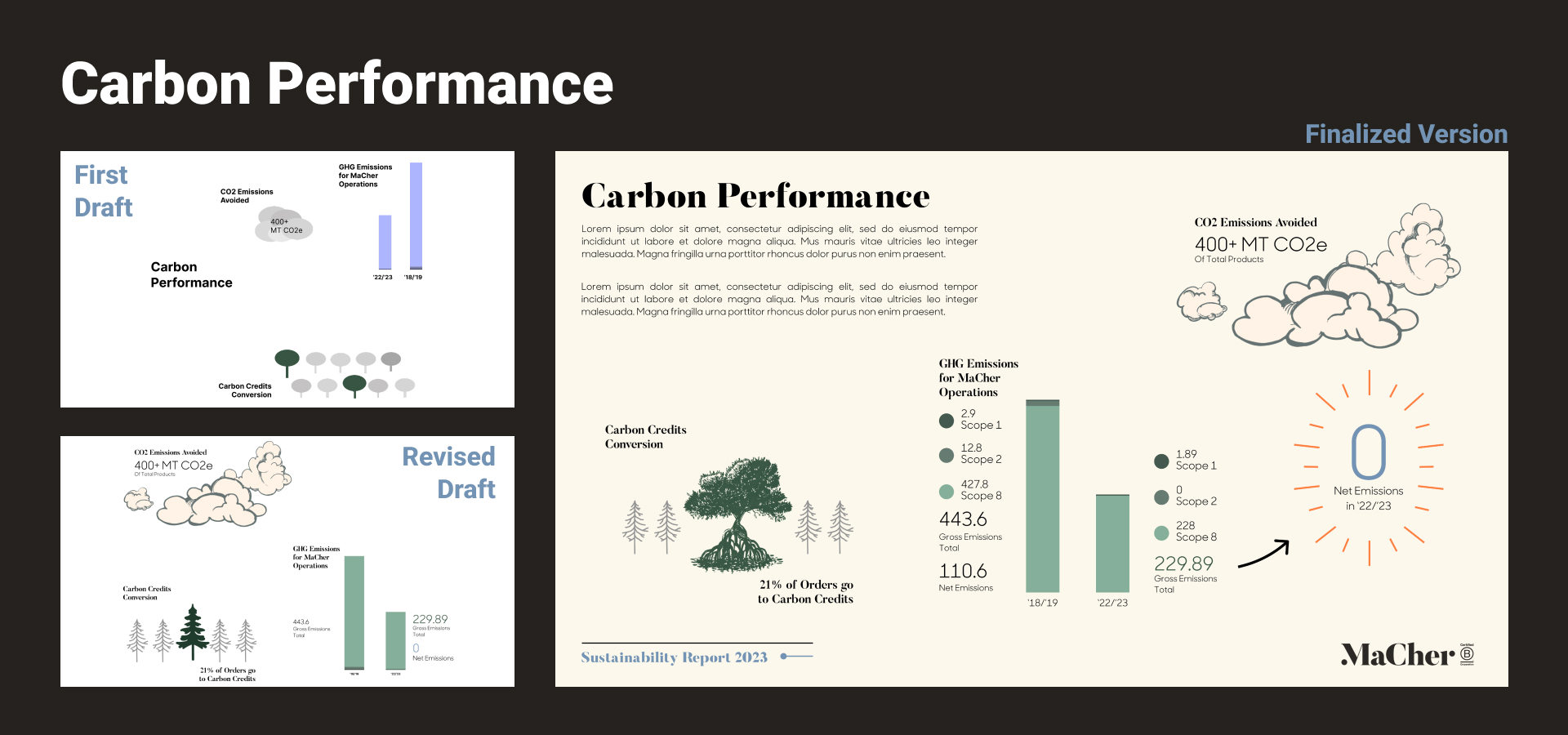
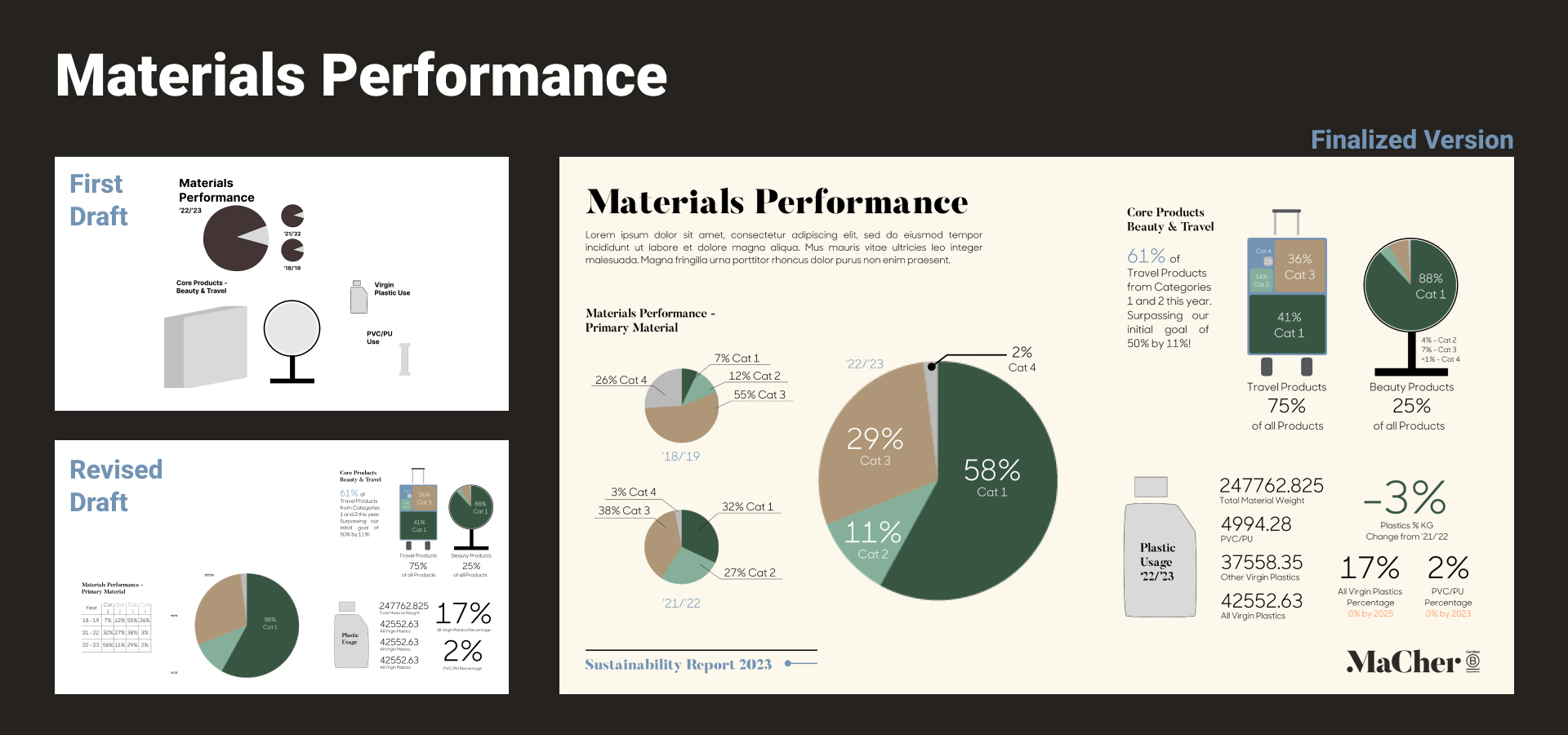
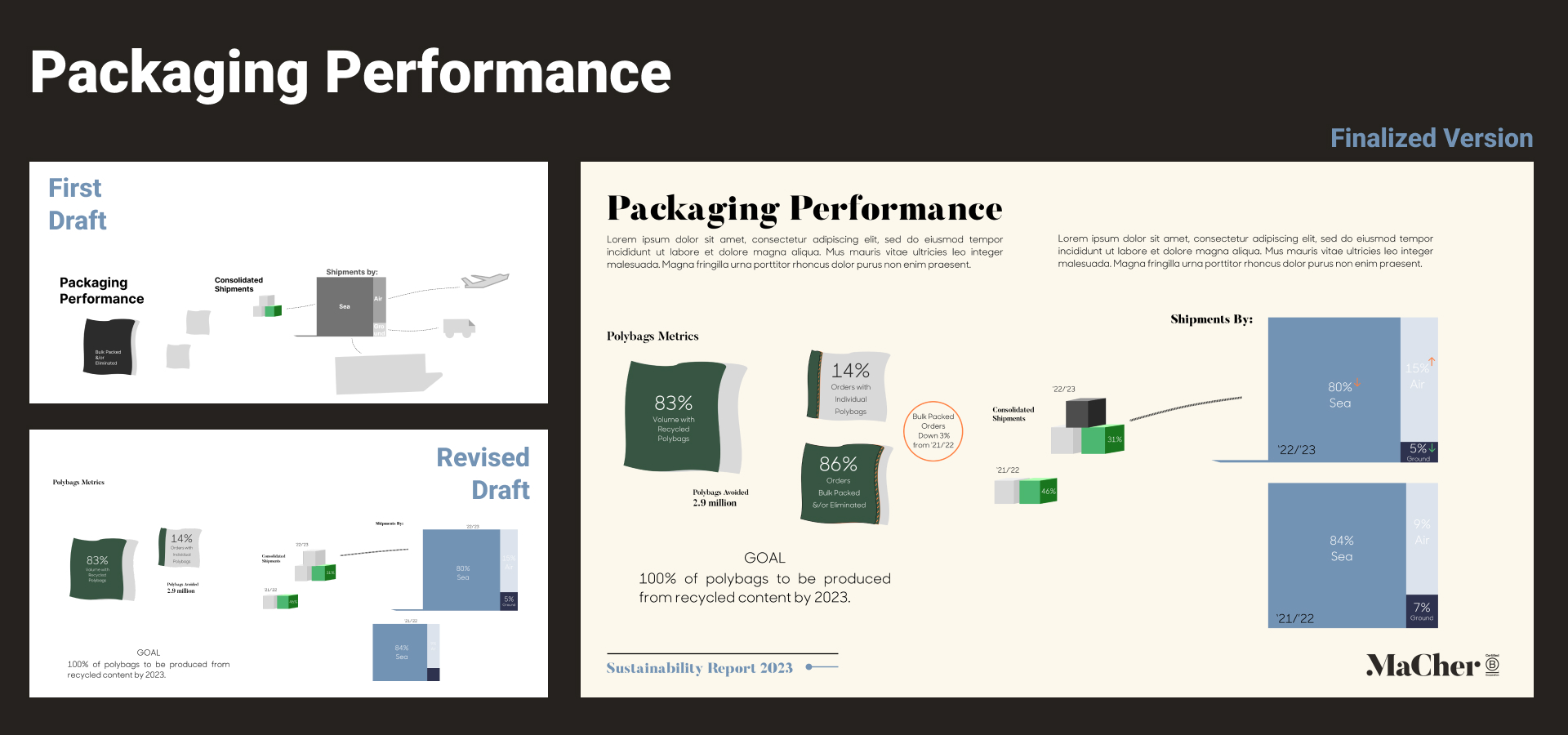
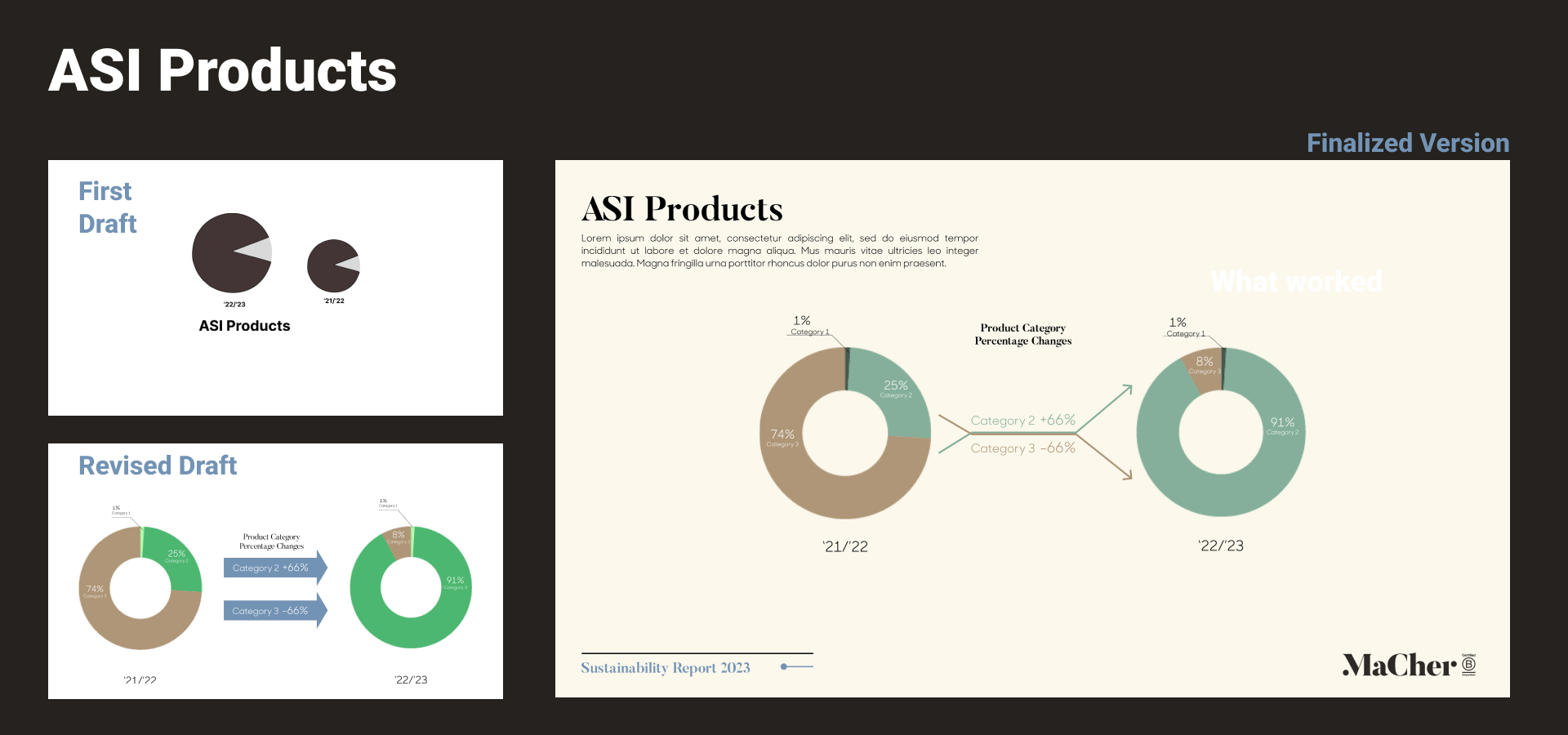










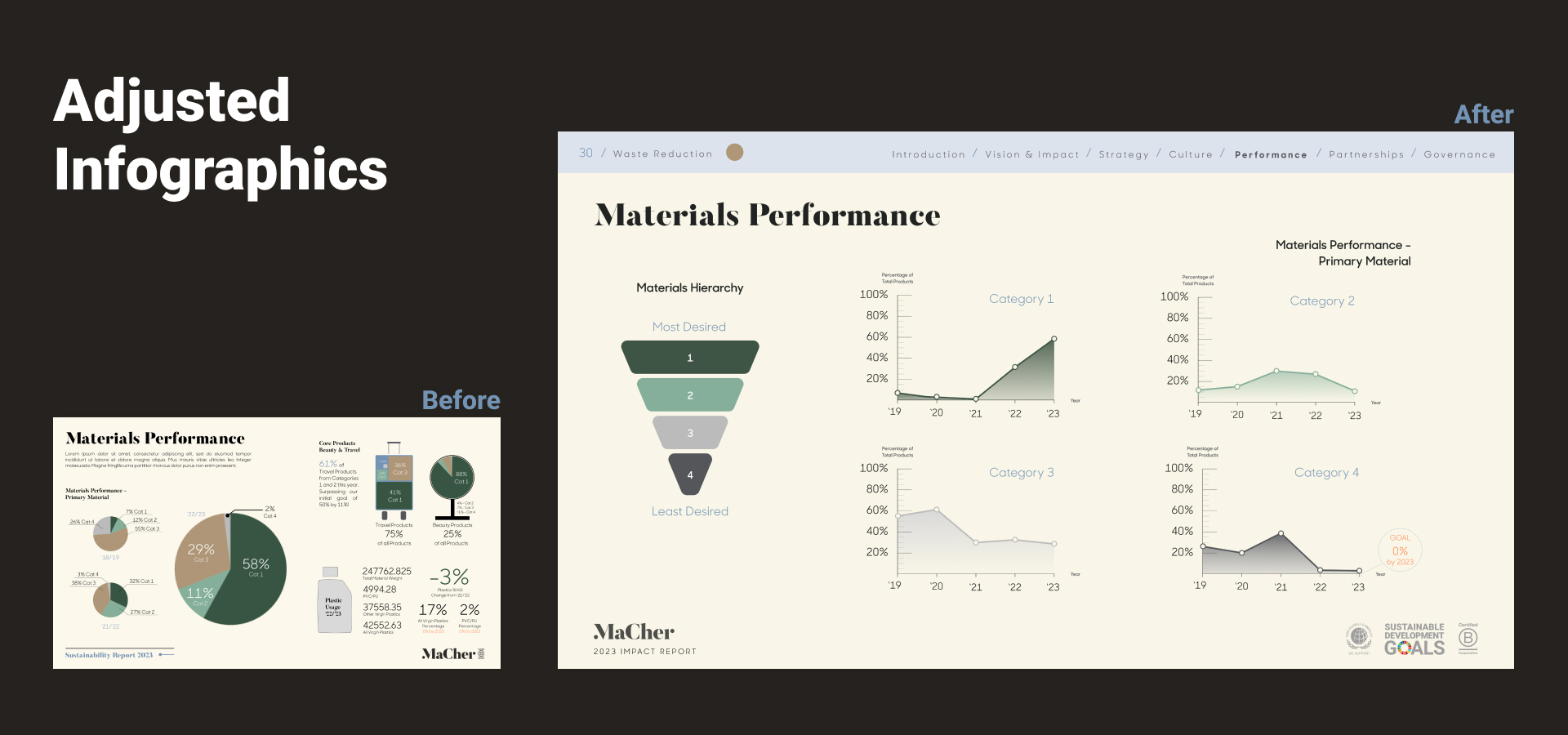











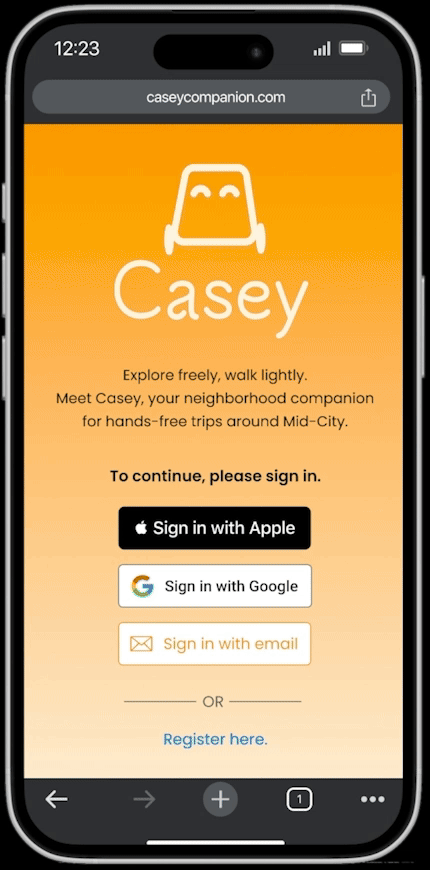

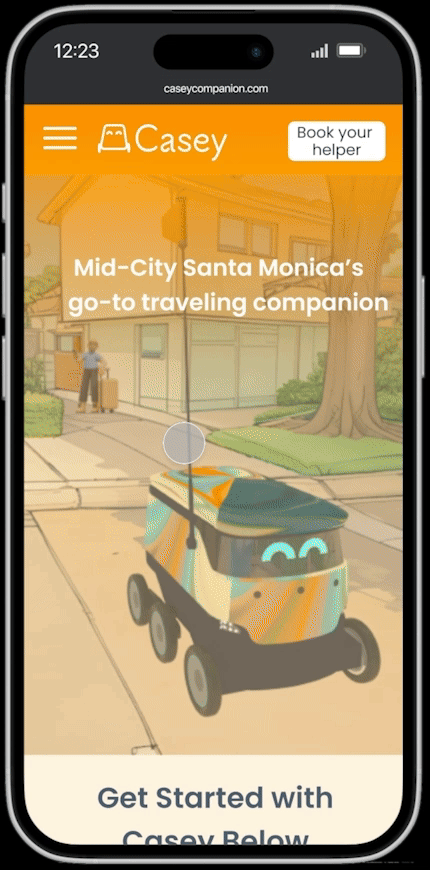

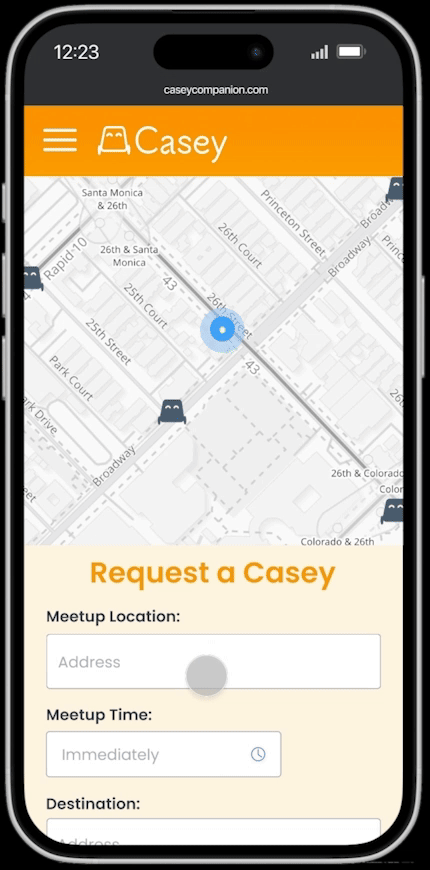

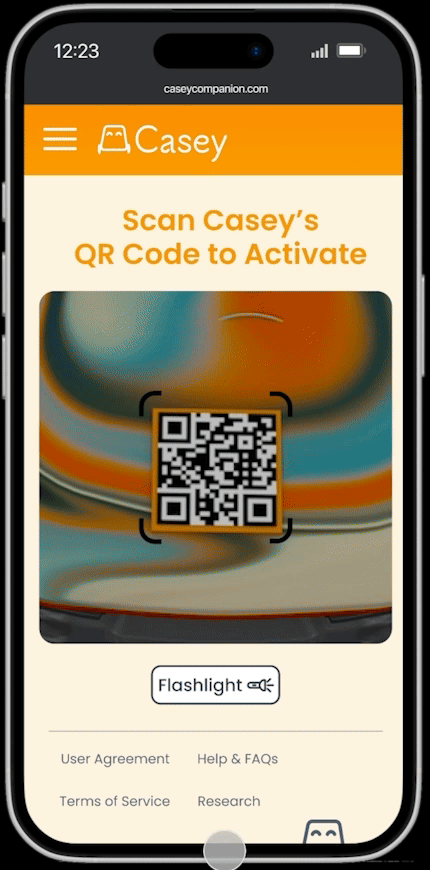
.png)
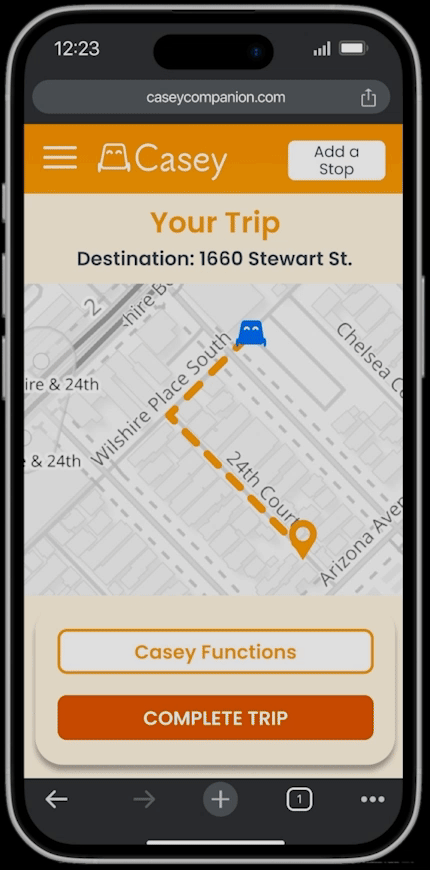
.png)
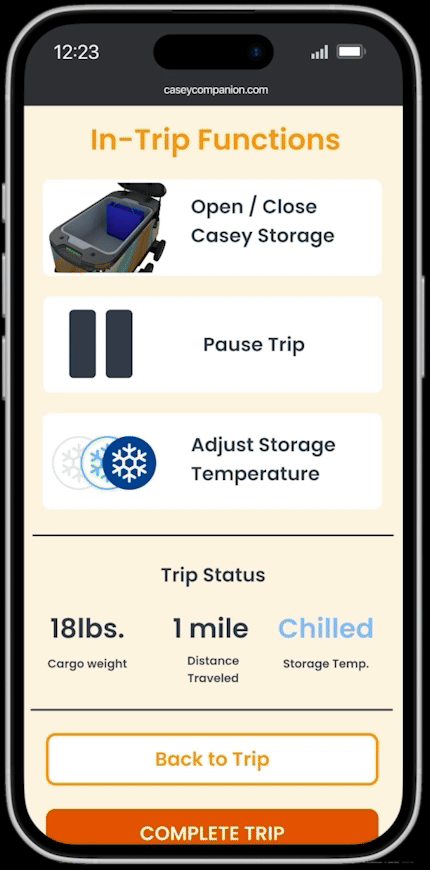
.png)
